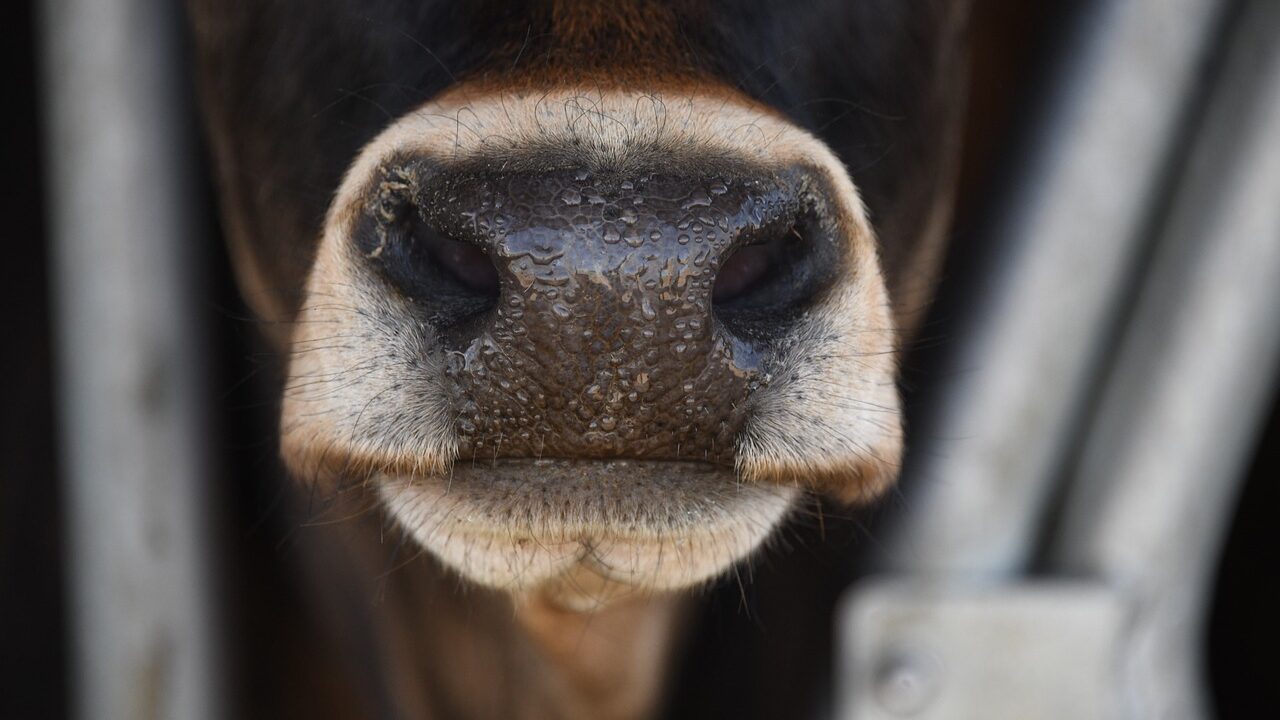A case of the bluetongue virus serotype three (BTV-3) affecting deer has been confirmed in East Sussex in England.
Following a pre-movement test, the Department for Environment Food and Rural Affairs (Defra) confirmed three farmed deer to be positive with the virus on August 14.
Separately, another case of bluetongue was confirmed by Defra in one sheep in Buckinghamshire following a report that the animal was showing clinical signs of the virus.
The case was confirmed by Defra on August 11 following testing.
In the same week, the department confirmed two more cases of the virus in sheep on August 7, with one ewe in Dorset and one lamb in Hampshire confirmed.
Both of these animals tested positive following reports of suspicious clinical signs.
Defra confirmed that the total number of bluetongue cases in Britain since July 2025 is now at 13, with all cases confirmed in England.
Because of this, the department extended the restricted zone for bluetongue to cover all of England.
The extension, which was put in place on July 1, 2025, now allows farmers move animals within England without a specific bluetongue licence or pre-movement testing.
However, Defra have reminded farmers they will need a specific licence to freeze products such as semen, ova, and embryos, for which testing will be required.
Spotting bluetongue
The viral infection can affect cattle, sheep, deer, goats, llamas, and alpacas as well as any other ruminant animals.
This is why all livestock farmers must watch closely for any signs of the virus, and report any suspicions, Defra said.
Cattle
Cattle farmers have been advised to look for the following clinical signs of the virus.
- Redness of the mouth, eyes, nose;
- Reddening of the skin above the hoof;
- Crusty nostril or nasal discharge;
- Fever;
- Tiredness;
- Milk drop;
- Loss of appetite;
- Abortion and stillbirths.
Defra reminded farmers that cattle can be infectious for several weeks but not show any symptoms of the virus.
Cattle can pass the virus onto their offspring during pregnancy, leading to high mortality and abnormalities
Cattle are also considered the preferred host environment for the virus-carrying midges, according to the department.
Sheep
The department said that sheep typically show more obvious clinical signs of the virus than cattle, with farmers advised to watch for:
- Ulcers or sores in the mouth and nose;
- Discharge from the eyes or nose and drooling from mouth;
- Swelling of the lips, tongue, head, and neck;
- Fever;
- Lameness;
- Breathing problems;
- Abortion and still births;
- Death.
Like cattle, ewes can pass the virus on to their offspring while pregnant, leading to still births or deformed lambs.
Public health
According to Defra, bluetongue does not affect people or food safety, creating no risk to the general public.
However, outbreaks will lead to delayed food production and trade.
Famers are being reminded the virus is a notifiable disease, and must report any suspicions to Defra in accordance with the law.


